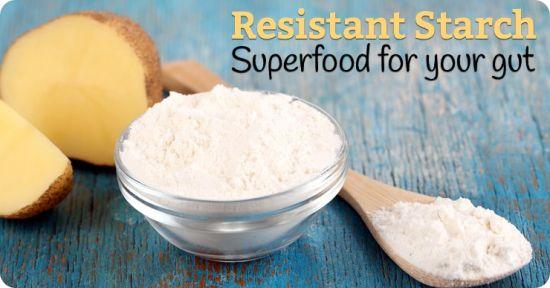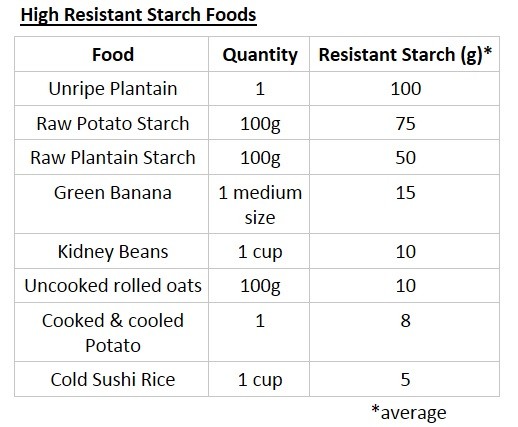
These days, everyone is aware of the need to keep consumption of certain carbs, such as pasta, to a minimum to assist weight loss or to reverse or reduce diabetes. In fact, it’s fair to say that when I came across this article, I was pretty shocked! Not many things surprise me about nutrition these days because I write about it every day, but this study is really interesting and kind of happened by accident.
Now, if you’re a regular reader, you’re probably more than familiar with the idea that pasta is a form of carbohydrate. As such, like all carbohydrates, it gets broken down in your stomach and is absorbed as simple sugars; causing a blood glucose spike.
As a reaction to the surge in blood glucose, our bodies naturally produce insulin, which is a hormone. Its job is to bring the glucose level back down again because extensive periods of high blood sugars are bad news for your body.
Contents
What impact does this have on our diets?
Essentially this up and motion in blood sugar makes people feel hungry again sooner. So food with a lot of sugar, like candy and cakes may fill a hole for a while, but it won’t be long before you’re reaching for another. Other simple carbs like pasta, potatoes, white rice and white bread have a similar effect, which is why nutrition experts and diet guidelines often advise people to cut them out.
We often extol the virtues of wholegrains as opposed to these ‘white’ grains or simple carbs. But what if there was a chemical process which changed pasta and potatoes into a food that basically tricks the body into thinking it is a fiber?
What’s the secret?
Ground breaking research uncovered on a UK TV show found that by cooking pasta and then allowing it to cool basically changes its chemical structure. It then transforms into resistant starch.
What does the name mean?
After the cooking process, pasta, rice and potatoes, in fact any starchy food; once cooled become resistant to the typical enzymes within our stomachs that break carbohydrates down and releases glucose. Hence it is name resistant starch.
Dr Denise Robertson, from the University of Surrey, UK discovered that if you cook and cool pasta down, your body will process it in the same way as it does with fiber. Ultimately, this reduces the glucose peak, while helping to feed the healthy bacteria living in your stomach. This process also means you will absorb fewer calories, so it’s great news for dieters and diabetics alike.
What if I don’t like cold pasta?
Well, this is where this research has uncovered some even more fascinating facts. Scientists assumed that if the pasta or starch was reheated it would change its matter again; comparable to how water can be boiled and turned into steam, which can be collected back into water and frozen into ice, which could then melt back to water again.
The experiment
However, when Dr Chris van Tulleken tested volunteers, there were interesting results that nobody had foreseen. Volunteers underwent three days of testing in total, but these were spread out over the course of several weeks. The regular variable was that on each occasion they had to eat pasta on an empty stomach. The order of whether it was hot, cold or reheated was randomized.
So one time they would eat the pasta, the regular way most people would: cooked, nice and hot in a garlic and tomato sauce. A different day, at random they would have it completely cold and with the same sauce. Another day would feed them pasta with sauce after it had been chilled at first, and then reheated. Blood samples were taken at frequent 15 minute intervals for two hours, to allow Dr. Robertson to observe the changes in see volunteers’ blood glucose, as the pasta was slowly digested.
What were the results?
Doctors were pretty confident that cold pasta would be more resistant than the stuff that had been freshly cooked, since they had anticipated that the cooking and cooling changed the chemicals. And this proved to be correct. So eating the cold pasta produced a smaller spike in blood glucose and insulin than fresh. However, the big surprise was in the cooling and then reheating of pasta; the results were actually more dramatic. This process had reduced the rise in blood glucose by 50%.

Our Leftovers are good for us
What this seems to suggest is that reheating the pasta increased its resistance; making it an even more resistant one and lowering starch content by up to 50%. Research is being carried out in the UK to discover whether including resistant starch to the diet will improve diabetes patients’ blood sugar results.
It appears then that we can convert a carb-heavy meal into a healthier and fiber filled one without changing the actual ingredients, and only the temperature. Watch this space to discover if there will be conclusive proof to say that our leftovers are more healthy than our meals.
